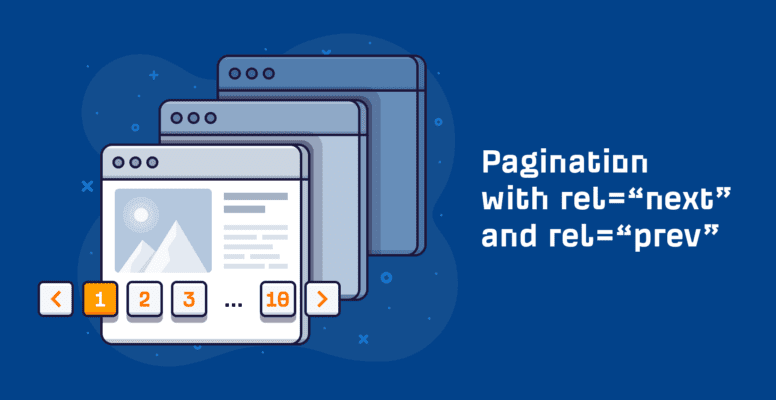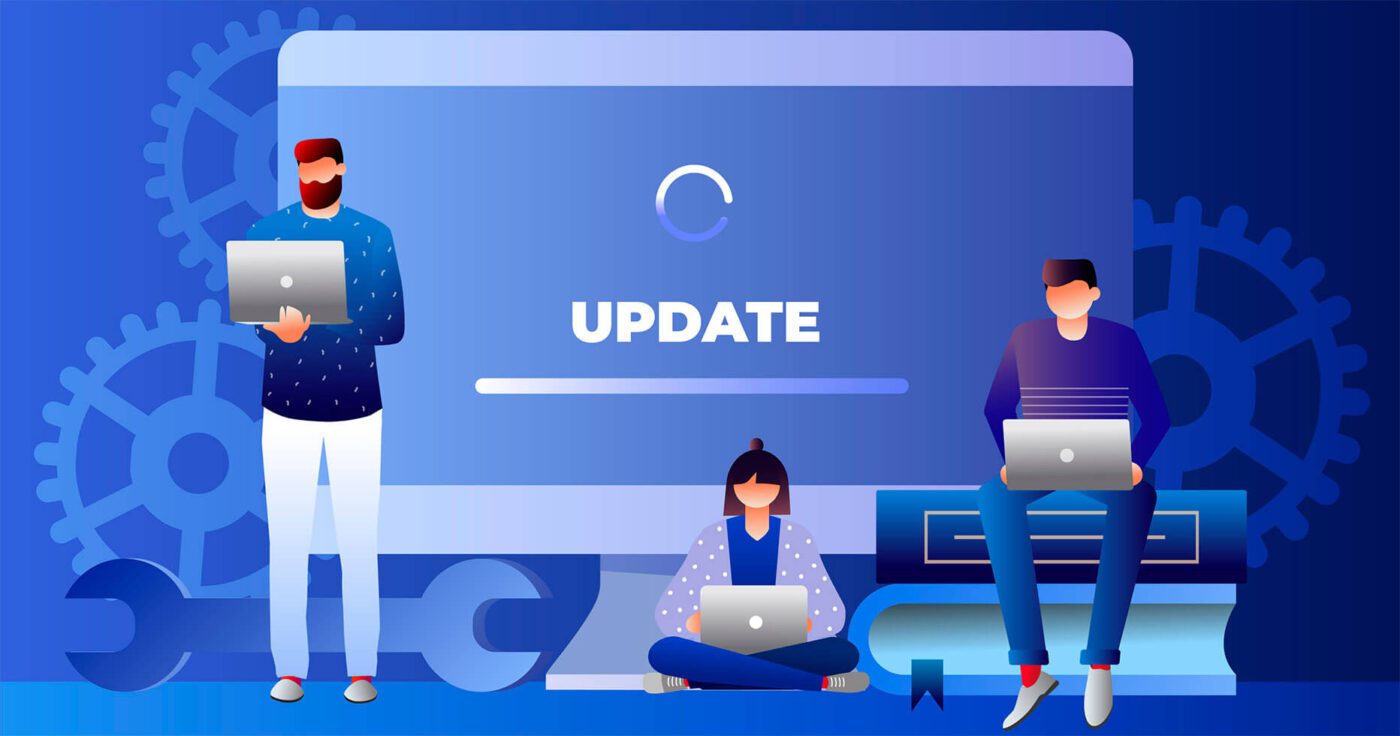No products in the cart.
Digital Marketing
The May 2020 SEO Recap
The May 2020 SEO Recap
Few months ago have been a circus for everyone. However, today it is very clear and we can start to hit the ground at full speed. Need to know how to strike back and get the momentum? This month’s roundup is loaded with the current techniques to carry you onward.
First, we have the month’s leading overviews. You’ll see the most up to date keyword research from Moz, observe some actionable advice in building tier 2 links, pick up a new strategy to monitor incoming links.
After that, you may have to learn some new ways to analyze Google Algorithm Core update with few case studies. What the data have come up about how Coronavirus impacted business visibility and ironing duplicate and irrelevant content in your website. We will also try to catch up with the latest algorithm updates and learn more about re-purposing old content, how GMB impressions have reduced, and whether Google is still indexing content.
THE MOZ KEYWORD RESEARCH GUIDE
https://moz.com/keyword-research-guide
Keyword research is the core fundamental of SEO. It is best to start thinking a better standard and practice in doing keyword research. This guide given from Moz has some amazing ideas anyone can pick in improving their optimization methods base on the latest updates.
Not all of this updates or strategies are really new, especially if you are an SEO expert and Moz follower. We already know that Moz is one of the biggest names and brands of SEO, I am one of the followers that Moz have influenced aside from customers and SEO agency experts. Better to be ahead of the loop, right? Another link building guide that I find efficient is RC’s Tier 2 Link Building guide.

RC’S TIER 2 LINK BUILDING GUIDE
https://rankclub.io/tier-2-link-building-guide/
The recent updates provides lot of factors and value of any given link. This guide can help us supercharge the links we’ve built by producing creative flowing juices through building additional towards the primary link rather than pointing directly to your website.
According to Rankclub, building tier 2 link can transform those primary links that were building into a strong long-term authority engines. Simply say that this strategy is about PBN replacing GSA spam, web 2.0 submissions/blogs, and complicated 3-4 layer tier links schemes as your one-stop backlinks. This guide covers how to categorize a tier 1 and tier 2 link opportunity variations and data experiment. While considering tier 1 and tier 2 links are significant for an SEO camapaign, we also need to consider links that we didn’t built. This next guide will show us how to track anchor text for incoming links – with the help of GTM (google tag manager).

ANCHOR TEXT TRACKING FOR INCOMING LINKS IN GOOGLE TAG MANAGER
https://www.thyngster.com/tracking-the-anchor-text-for-the-incoming-links-in-google-tag-manager/
Bloggers that uses anchor text to link to our website can help us a lot about information that users online are finding and the most valuable. This list can be our key to optimize anchor text and the effort of collecting them according to David Vallejo. The process uses a customized HTML tag that creates an XML request to a PHP file that collates every visitor’s referring source and replicates the anchor text. If it sounds like meaningless, dont worry. Most of the code is provided already but yes, this method requires some coding skills. But some codes provide can just be copied and pasted.
As the author himself said that the code is pretty basic. We, SEO experts, may be able to improve it more on what is there already. If its complicated, then don’t worry. David, the author is so kind to provide a video for the entire procedure. If you loose appetite with this guide, I hope it won’t – for sure you’ll enjoy the next one. Ahrefs found that some SEO campaign are breaking pagination on their website. Here’s what you need about Pagination in your website.
BREAKING PAGINATION AFTER GOOGLE CHANGED REL=PREV/NEXT
https://ahrefs.com/blog/rel-prev-next-pagination/
In 2019, Google released that they no longer value and recognized the rel=prev/next markup on websites. As an adjustment, SEO experts world wide are changing their implementation. However, for Ahrefs, that may have been a wrong choice. First, Ahrefs said that Google isn’t the only channel that used this type of markup. Other search engines still do, and it remains a part of ADA (American Disability Act) compliance and standards published by the World Web Consortium.
Furthermore, most of SEO experts who set out to make some changes in their SEO implementation may have made things worsed than expected. This guide may contain some help:
– Canonicalized the first page first
– Orphaned content with misapplied noindex tags
– Blocked crawling and cut off pages
Each of this, it will help us find out if we’ve made any of these mistakes. That covers the guides for the month of May 2020, but upcoming case studies will teach us for sure or maybe just me. First, let’s look at an argument for why we have to change the way we analyze core updates.

GOOGLE ALGORITHM CORE UPDATES: STOP ANALYZING THEM LIKE IT’S 2012
Everyone claims to be an SEO expert and probably more confident than me in understanding traffic, knows when and how an update has affected a website. A chart-packed shared by Dan Shure – I hope I’ll receive that next week 🙂 – may put us to a test. He explain how to break down your averaged traffic and analyze if an update is better or worse in a first glance.
Dan shows that analyzing traffic changes at a domain level is one of the least insightful approach to judge whether the core update is good or bad for the website. The problem about depending on domain traffic is that there is rarely a domain-level solution against the effect of the core updates. In other words, internal pages on our website are also taking hits base on other ranking factors not just merely on a primary domain.
This results to a need for segmenting and proper planning through considering of:
– Pages traffic
– Page Types
– Query
– Query Types
– Device Used
Along with EAT-based analysis (Expertise-Authoritativeness-Trustworthiness), these areas can give a lot of details if an update really affect the website. Unfortunately, the core updates are not responsible for a big traffic change of a website recently compared to a Coronavirus Pandemic. The next study will show us the impact for business visibility.
HOW CORONAVIRUS HAS IMPACTED SEO ACROSS THE INTERNET
Every businesses today is experiencing volatility due to the motivation and intention of internet searchers are flowing out. Most goods no longer fit in every family budget, while others have experience shortages due to the increase of demand because of the quarantine.
The effect of Coronavirus influenced several areas:
– Addictions & Recovery
– Natural Medicine
– Beauty industry
– Finance industry
– Food & Drink industry
– News, Media and Entertainment
– Nutrition and Fitness industry
– Restaurants
– Delivery services
– TV, Movies
– Video Games and Entertainment
Path Interactive breaks down each winning and losing industries including the percentage they gain or lose. All in all, it gives an amazing data for advertising opportunity so we can see where our money should be moving right now.
Source: https://pathinteractive.com
These sudden change might be a struggle for us SEO experts. The next study might help us on what we should do.
WASHING OUT IRRELEVANT CONTENT BY TURNING IT INTO DUPLICATE CONTENT
Dealing with expired or old content aren’t known nor has satisfying methods when dealing it. Oliver of ohgm.co.uk had come up a workaround turning it into a duplicate content and applying what already exist. The method leans toward duplicate content passes more ranking signals compared to an irrelevant content.
He talks about:
– Replacing irrelevant content with content from a chosen landing page.
– Making the duplicate page canonical to the destination
– Submit a sitemap to Google
– Then create a 301 duplicated page directly to the destination page
… This will create a relationship where ranking signals flow from the irrelevant old content to the new page.
This isn’t the type of method that last long term, but could mean a solid short-term gain if you have an old content in your website. And here goes, the May 2020 core update that landed which we are trying to understand what it means.

MAY 2020 CORE UPDATE LANDFALL
The May 2020 Core Update is the second update we have this year after the January Update rolled out. If you’re into SEO like me, it might be the best time keep an eye on our customer’s stats and us. As usual, Google always refer their updates from their old released update. However, Google remains not to provide specific metrics about anything that is being targeted. The SEO community still has a lot of analysis to do as what I can think of, so wait for more news update in my next roundup.
For now, let’s see how Google say about the Old Content in our websites.
GOOGLE ADVICE ABOUT OLD CONTENT ON SITES
A bookmarking site share from SERoundtable, John Mueller shared a question about websites with massive archive of old content. In any case, John give out the idea on what needs to be done.
Suggestions have been provided but this is not appropriate in all situations and websites:
– Focus on new content for fresh traffic
– Remove old, unused content
– Keep category pages but noindex the articles
The first point may benefit and work for all website and situation but the other two may not make any difference if it is already ignored. Reduced in traffic may not require difficult approach, you can’t just do so much about it – especially on our global pandemic.
GOOGLE MY BUSINESS TRAFFIC WENT DOWN UP TO 59%
Any business dominating in their local search might experience a dropped down from hits down to impressions. SEJournal give us a breakdown on what happened but it’s not pretty.
Total GMB impressions went down by -60% in May 2020. We may see some services matter in this crisis, but initial data suggest that nearly most industries got some bruises due to this pandemic.
Clicks are severely reduced up to 31% and 1/5 lesser for people using the click to call button. Despite these data, all I can say is to wait. We don’t need to make any changes if we are hit by the traffic drops. If you decided to make any change, then it might not have done anything. As we continue learning with this update and Coronavirus, Google have some trouble indexing new content.
GOOGLE IS NOT INDEXING YOUR NEW CONTENT, AGAIN?
Ben Schwartz from Search Engine Land is gathering information for an ongoing issue where Google is ignoring new content for unusual period of time. He explained that new content is taking some time to initialize once added. This is happening on major authoritative sites. This is not a new issue for us, but a recurring issue for us since last year. To be fair with Google, they acknowledge that they are addressing the problem. We’ll have to wait and see if that means a short term solution.


